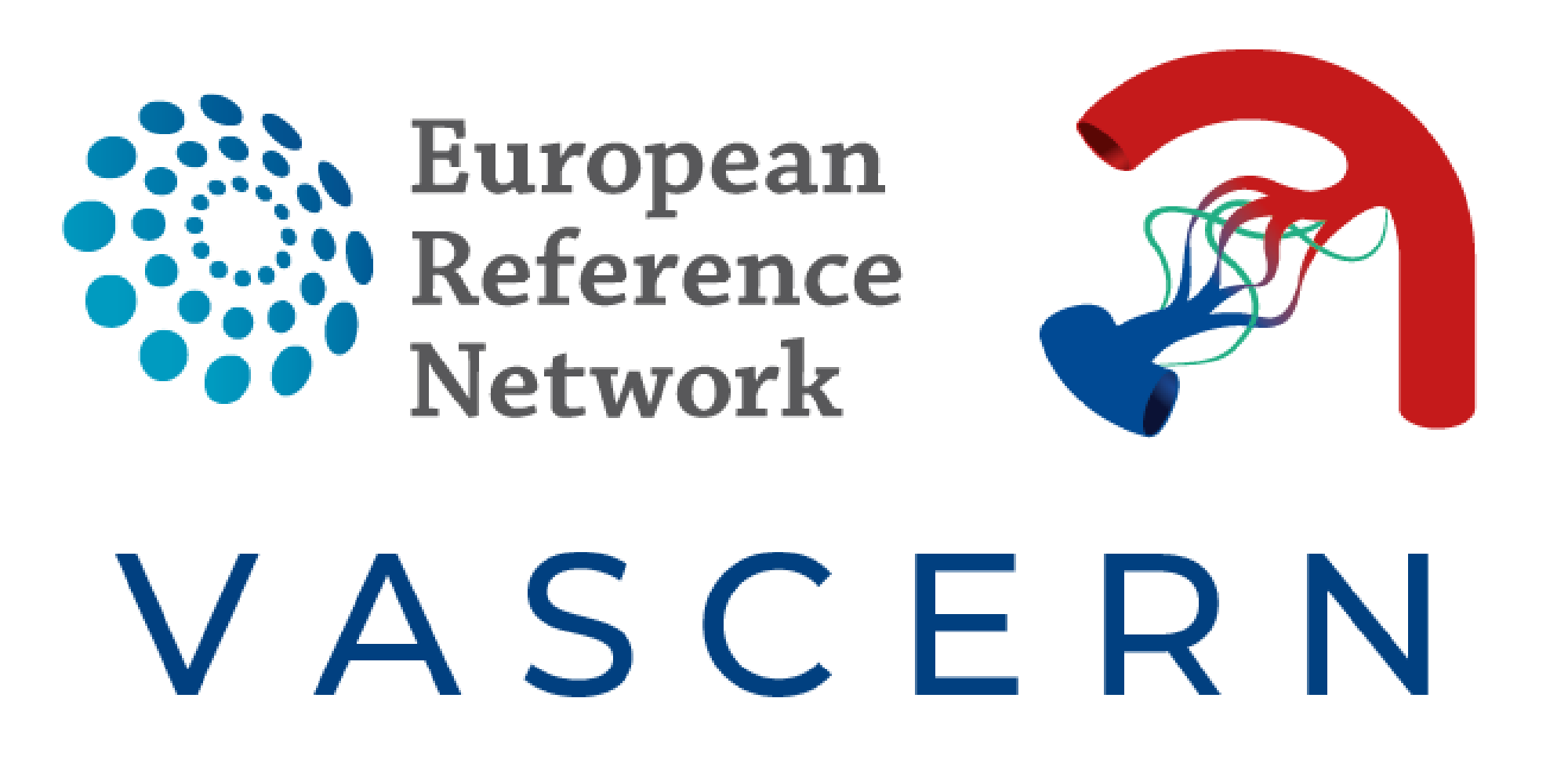European Patient Advocacy Group (ePAG)
The European Patient Advocacy Group (ePAG) at VASCERN plays a crucial role in our mission to improve care for rare vascular diseases. Through active collaboration with healthcare professionals and experts, ePAG representatives ensure that the patient perspective is integrated into every aspect of care, from the development of clinical guidelines to the creation of patient pathways. By working closely with VASCERN’s Rare Disease Working Groups (RDWGs), ePAG members help shape healthcare strategies that directly impact patients’ lives.

Missions
The mission of ePAG is to represent the interests and perspectives of patients within VASCERN. This involves:
- Governance: Patient representatives are represented in VASCERN governance as well as in the European Patient Advocacy Group (ePAG), which is expected to participate actively and give patients’ and families’ views. ePAG representatives represent patient organisations across Europe and will mainstream information to maximise the interactions between the ERN and patient organisations.
- The European Patient Advocacy Group (ePAG) will implement its own road map as there are common issues to be tackled and shared; inform the Board and Council of difficulties they see and be involved in Ethical issues, to balance patient and clinical needs appropriately.
- Care: Promote, encourage a patient-centric approach in clinical care, service improvement, strategic development, decision-making, ensure the need of rare disease patients are considered and included in discussions and activities, Contribute to the development and dissemination of information to patients, from policy to good practices, care pathways and guidelines.
- Research: Contribute to define research priority based on what is important to patients and families, ensure patients are embedded in the research activities, assessment of clinical trials and ethics committees, contribute to dissemination of research activities and outcomes, especially to patients
- Evaluation: Ensure feedback, evaluation based on patient experience, reviewing the ERN performance by receiving and reviewing quality indicators, access times to diagnostic and treatment, clinical outcomes, evaluation of how the ERN acts based on these feedbacks, through the ePAG, patient experience surveys, in order to redefine and prioritise ERN activities. To give as much information as possible to patients, a social forum should be established on the website. Patients should be aware of what should/should not be done for appropriate diagnosis and care.
- As Expert patients, they are best placed to educate patients and families on the management of their diseases. They can identify and recommend expert centres or other HCPs.
Structure and Governance

The VASCERN ePAG, European Patient Advocacy Group gathers patient representatives and patient organizations in rare multisystemic vascular diseases. It is one of the 24 ePAGs supported by EURORDIS and linked to the 24 European Reference Networks on rare diseases.
VASCERN’s ePAG is composed of:
- ePAG Chair and Co-Chairs: Each rare disease working group (RDWG) has a dedicated ePAG co-chair who ensures patient involvement in their specific area. These leaders coordinate activities and represent patient interests in monthly meetings and discussions. Currently, we have 1 ePAG Chair and 6 Co-Chairs.
- ePAG Representatives: These individuals participate in various activities, including virtual meetings and collaborative projects, to address common issues and develop shared solutions.
- Patient Organisations: ePAG collaborates with numerous patient organizations across Europe, leveraging their expertise and networks to enhance advocacy efforts.
How to get involved
Patients and patient organizations interested in joining ePAG or learning more about its activities are encouraged to contact us. By becoming a part of ePAG, you can help shape the future of care for rare vascular diseases and ensure that patient voices are heard.
